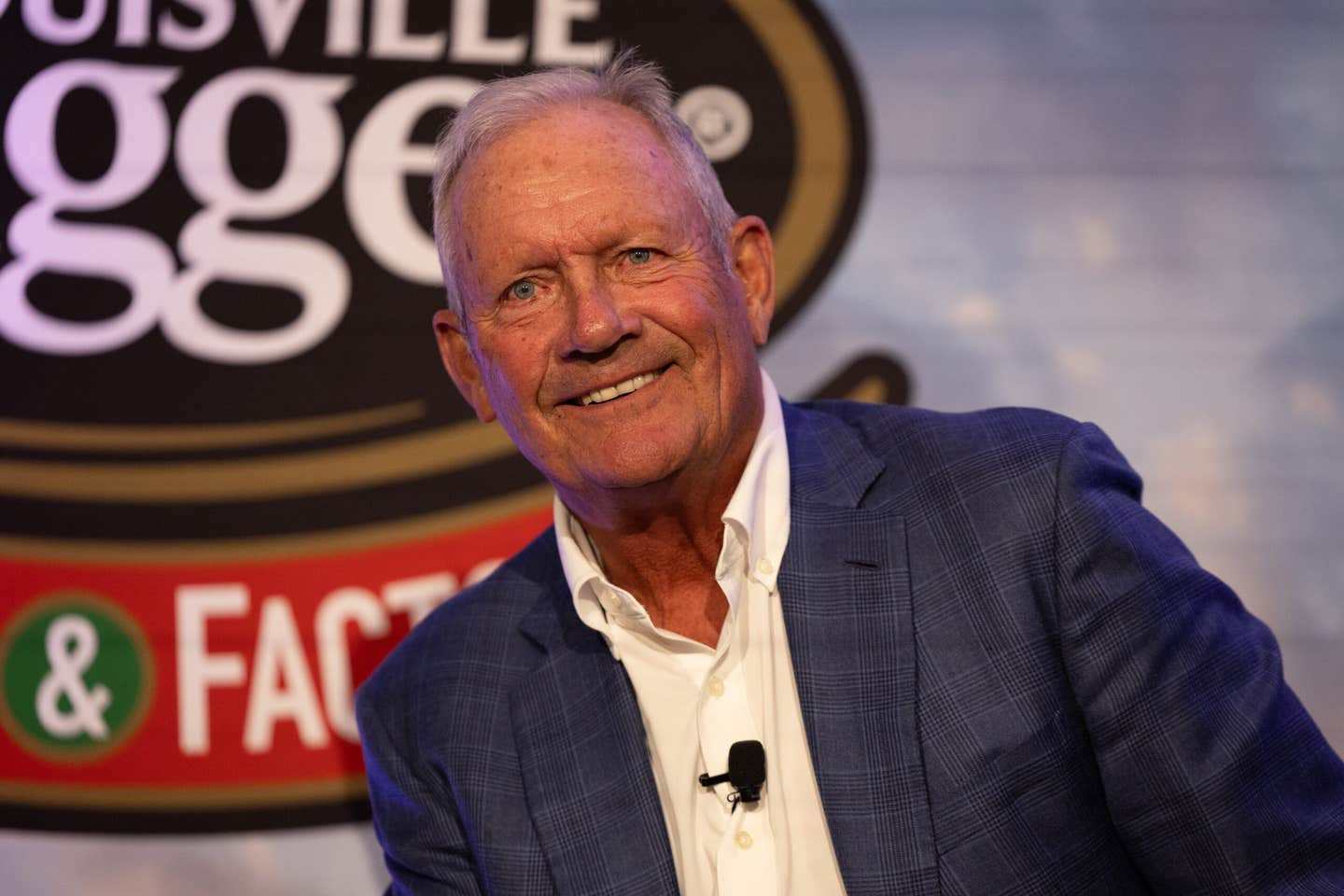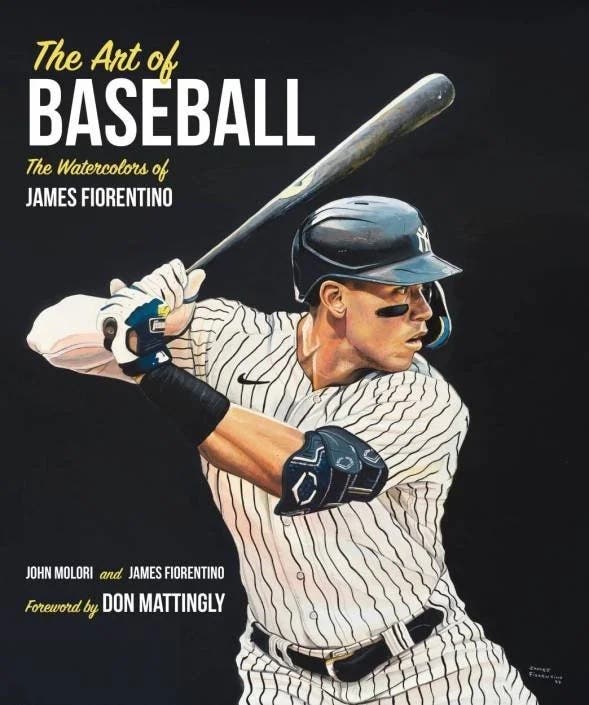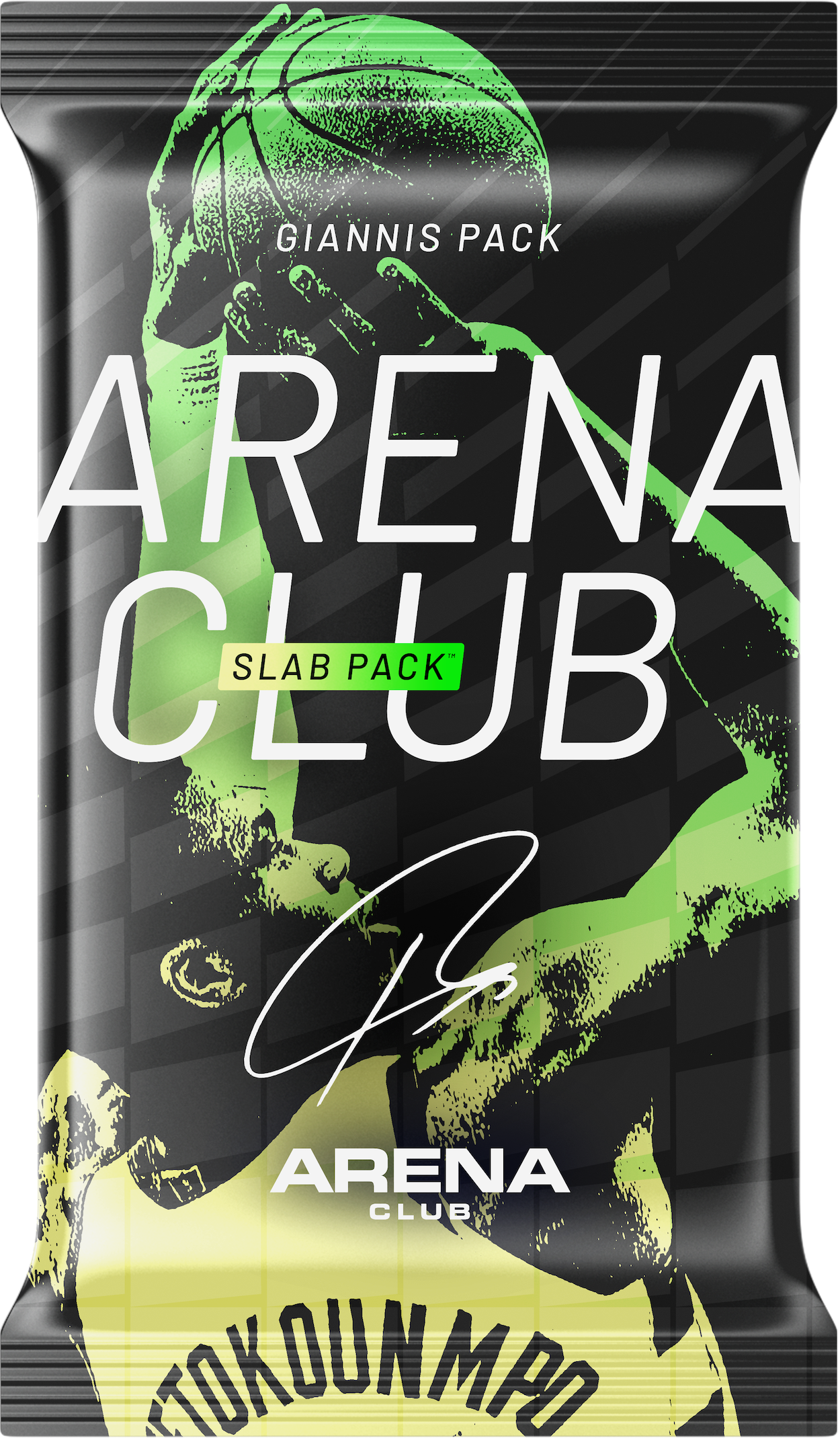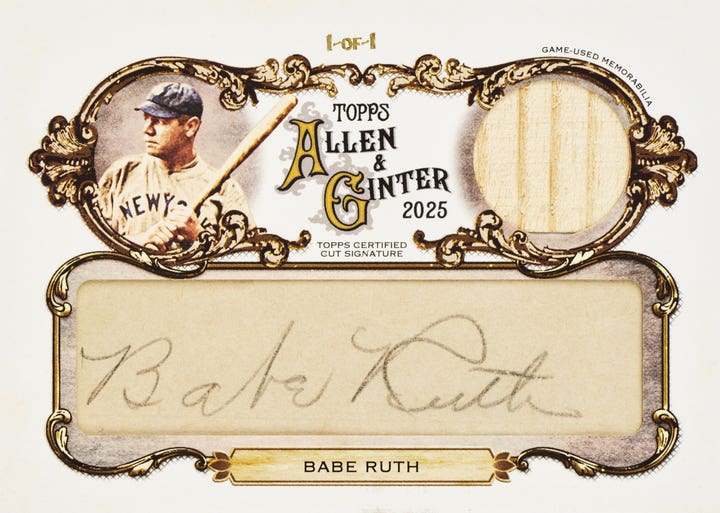News
’48 Ruth-signed ball paces Roberts’ collection
Robin Roberts played with and against dozens of Hall of Famers during a 19-year career that resulted in his own enshrinement at Cooperstown.
He came by his most valuable collectible, however, before he had a single big-league pitch to his credit.
“I have a Babe Ruth ball,” said Roberts, a 286-game winner. “My first year at spring training with the Phillies, he walked by and I thought my mother would really enjoy having his autograph. So I got a new ball out of the bag. Babe was talking to sportswriters, one of whom happened to have a fountain pen of course. His name was Sam Baumgartner.
“I said, ‘Sam, may I borrow your pen?’ and I said, ‘Babe would you sign this ball?’ ”
“Yeah, kid,” Ruth replied with a raspy voice. “I’ll sign it.”
“He had throat cancer,” Roberts explained. “That was in March of ’48. He died in August of that same year.”
Roberts was once offered $10,000 for the ball, which has since escalated substantially in value.
“We used to have it sitting out. A couple of days later I looked and couldn’t find it. I asked my wife, ‘What happened to Babe Ruth’s ball?’ She’d put it in a bank safety deposit box. So if you want to see it, you’ve got to go to the bank,” he said, chuckling.
According to Roberts, Babe autographed the ball with great care.
“He had such beautiful handwriting,” he said. “I’m so envious of guys like that. Mickey Mantle had a marvelous signature and Steve Carlton, just perfect. And that was the Babe. He had perfect handwriting.”
Roberts is always gracious and agreeable when fans ask him to sign. Aside from the most common types of memorabilia – cards, photos, autographed bats and balls – his likeness on the cover of Time (May 28, 1956) is perhaps the most impressive collectible from his long and distinguished career.
Heading into that season, Roberts had reeled off six straight 20-win campaigns and in 1955 had been named Major League Baseball’s Player of the Year for the second time (1952 was the other). Time’s cover story explained how the Illinois farm boy mastered pinpoint control by firing countless pitches into the hole he’d cut out of an old mattress.
“I had always wanted to be a professional athlete,” he said. “I had played basketball at Michigan State and I was pretty good at it. I thought basketball was my best chance.”
Fate had other things in store for him.
By pitching a no-hitter against Michigan, he earned an invitation to play in the Northern League, a high-caliber Vermont collegiate circuit that lasted from 1938 until the early 1950s. That’s where he came under the tutelage of Ray Fisher, a former Yankee hurler in the pre-Ruthian era (1910-17).
“That’s where the scouts really saw me pitch,” he said. “I was invited to work out with a number of them, but I only worked out with the Phillies. They offered me a $25,000 contract after a three-day workout. Instead of having the sense to go work out with the other teams, I stopped there. I figured that was enough.
“I think the other clubs wanted to see me throw and there would have been a bidding war for me, because there was no draft back then. Financially, I think it was a mistake, except it turned out wonderful for me.”
Now 80, the former Phillies “Whiz Kid” visits Cooperstown each year for the annual Hall of Fame Game and induction ceremonies. He was inducted into the Hall in 1976 and enjoys meeting old friends and picking up an occasional collectible or two.
“I figured I’d better get Henry Aaron on a ball so I have Henry and Mike Schmidt,” Roberts said. “At Cooperstown, they give you a bat every year that has names inscribed on it. I must have 30 of those, I guess.”
To Roberts, promoting the game isn’t a duty, but a genuine pleasure, which makes him one of baseball’s most popular veterans – especially in Philadelphia where his likeness is displayed in the form of huge statue outside Citizens Bank Ballpark, the Phillies’ new home.
In 1983, fans voted him the best right-handed pitcher in team history and his career is highlighted in detail at Ashburn Alley’s Memory Lane, the center field museum area where the entire story of Philadelphia baseball is outlined chronologically. Roberts was a 20-game winner for six straight years from 1950-55, including a career-best 28-7 in 1952.
Some of baseball’s best hitters, pitchers and executives have listed him among the 20 greatest pitchers of all time. None other than Ralph Kiner, Jim Kaat, Joe Garagiola and Buzzie Bavasi have recognized him this way (See the book Unhittable, by James Buckley Jr. and Phil Pepe, 2004).
“Probably the best fastball I ever saw was Robin Roberts’,” said Kiner, a fellow Hall of Famer. “Robin didn’t throw as hard as Rex Barney, but his ball would rise around six or eight inches, and with plenty on it. And he had great control, which made him very difficult to hit.”
On Sept. 28, 1952, he beat the Giants, 7-4, at the Polo Grounds to give him league highs in wins (28), complete games (30) and innings pitched (330), unheard of numbers in today’s era of pitch counts and relief specialists.
“It’s an accepted practice now,” Roberts said about the reduced role of starting moundsmen. “It’s a team game now. They use everybody on the roster. There used to be guys on our staff that didn’t pitch much. Where you run into some problems is if you don’t have good relievers coming in. Then it looks kind of silly. If you have Mariano Rivera coming in every time then it makes more sense.”
Roberts, laughing, said he wouldn’t mind being a modern-day pitcher.
“I’d go where Rivera is, though, or a couple of other guys,” he said. “I’d pick my relievers.”
An ultimate workhorse, he has difficulty understanding the way today’s hurlers are pampered.
“They honestly think 20 more pitches is going to hurt them,” he said. “Personally, I think if you have a good delivery it’s not going to take that much out of you.
“I had a good delivery, I used my legs a lot,” he continued. “I really didn’t get worn out. I threw better in the ninth inning than I did in the first. I overthrew a lot to start games. By the time I settled down I could pitch pretty good.”
In late September 1951, Roberts was involved in an extra-inning classic that indirectly produced one of the most exciting moments in baseball history. On the last day of the season, the Phils played the Dodgers, who needed a win to keep to keep their National League pennant hopes alive.
In the 11th inning, Roberts was on third base representing the game-winning run with Eddie Waitkus as the plate.
“Waitkus hit a line drive through the middle off Don Newcomb and Jackie Robinson went over and dove for it,” Roberts recalled. “I could see it, running in, and it appeared to me that he trapped the ball. As he rolled, he tried to throw it to second for force and he threw it behind (shortstop) Pee Wee Reese. It wasn’t even close.”
Umpire Lon Warneke, a former big-league pitcher, was positioned behind Robinson.
“I touched home plate and in my mind the game was over,” Roberts said. “I looked up and my team’s running out on the field and I’m thinking, what the heck’s going on here? Lon said Jackie had caught it.”
Three innings later, Robinson came up and hit a clutch game-winning homer to put the Dodgers in a three-game playoff series against the Giants, climaxed by Bobby Thomson’s dramatic “Shot Heard ’Round the World.”
Had it not been for Robinson’s controversial catch, the Phillies would have won that final regular-season game.
“There wouldn’t have been a Thomson home run or anything. That would have been the end of it right there,” Roberts said.
He credits former Orioles skipper Paul Richardson with implementing pitch counts.
“He had four or five young pitchers – Milt Pappas, Chuck Estrada, Steve Barber,” Roberts said. “They were young and he figured they would hurt themselves. Now the pitchers accept it, the agents accept it. If they do have a little aching arm now, everybody blames it on that. From my standpoint, to get out of there with 100 pitches after you’ve had four days’ rest, that’s odd to me because we used to pitch on three days’ rest most of the time.”
The 1950s was a golden era for baseball thanks largely to the influx outstanding young, black talent after Robinson broke the color barrier. The toughest hitter he faced?
“Well, you got a page?” Roberts said, chuckling. “About 40 guys I guess. If I was throwing really good stuff I could handle most of them. But if I was a little off ... Ernie Banks, Duke Snider. Henry Aaron and Willie Mays were marvelous.”
Roberts didn’t mind pitching in the Polo Grounds because of its spacious outfield, with fleet-footed Richie Ashburn backing him up in center.
“I liked the Polo Grounds because I threw fastballs and they didn’t pull it that much. Richie could run like mad and there was a lot of room in center field.”
Mays, however, a 12-time Gold Glove winner, was the premier center fielder of all time.
“He made so many great catches against the Dodgers, it was amazing,” Roberts said. “His instincts on the bases were phenomenal and nobody ran on him if they had any sense because he could really throw.”
As one of the Hall of Fame’s elder statesmen, Roberts is asked often to compare players of different generations, which naturally leads to discussions about steroids and allegations surrounding Barry Bonds, who’s poised to surpass Aaron as baseball’s all-time home run king.
“It’s such a shame that such an historic thing is going on and there’s so much negative about it,” he said. “I tell ya, he’s as good a hitter as I ever saw. I hope he keeps hitting, but the controversy really has detracted from him.
“That steroid stuff started a long time ago. In 1988, I was in the clubhouse of one of the teams, talking to a former teammate of mine who was a coach. This guy walks by with a tremendous build like a wrestler. I said, what’s that? I had never seen a guy that big. And he said, ‘Oh, that’s steroids.’
“It was common knowledge,” Roberts said. “It’s not like it was a secret. Of course that was in ’88. It’s obvious that was something guys were doing then. I suppose they thought it just enhanced their ability and their didn’t seem to be a rule against it. I was talking to a guy, a recently retired player and he said he would imagine half of the guys were using some kind of steroid. When you’re in that atmosphere and that’s going on, do you eliminate all their records?”
The most amazing thing to his thinking is that Ruth accomplished what he did without such enhancements.
Phillies coach Cy Perkins helped Roberts immeasurably when he first reached the big leagues. A former catcher, Perkins played for the World Champion Philadelphia A’s, and had a brief stint with the Yankees before becoming a Bronx Bombers coach.
“He was a coach with the Yankees in ’32 and he told some stories about Babe,” Roberts related. “He said Babe used to hit a ball that would go up in the air, kind of like Kiner hit. It looked like it was a pop fly, but it never came down. That’s what Ruth did.
“The amazing thing to me is the pitching part of it,” he continued. “You know he won 92 games. He must have been something.”








